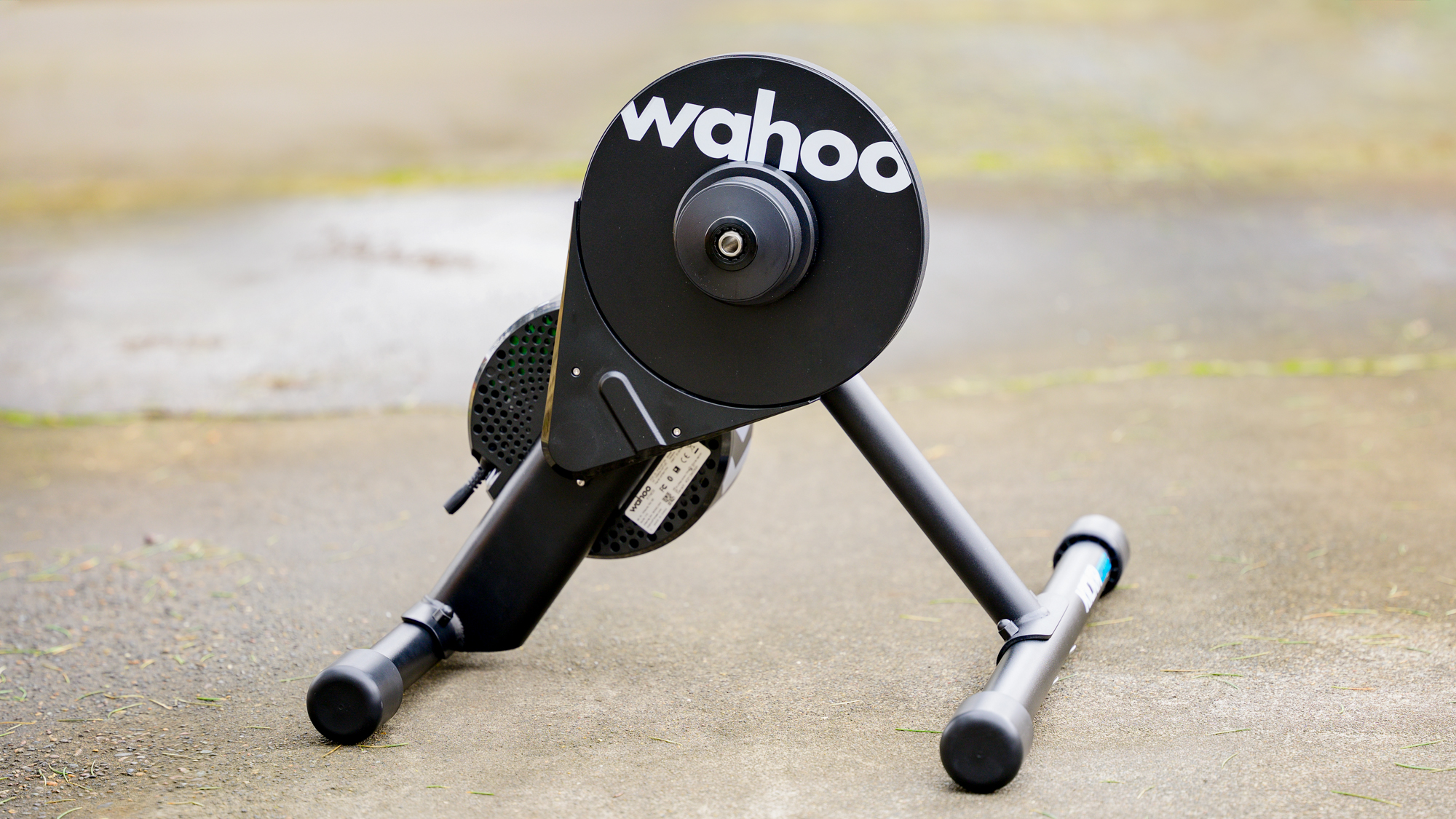
Retail price: $599 / £549 / €599
Maximum Power Output: 1800 Watts
Maximum Simulated Grade: 16%
Minimum Simulated Grade: -10%
Product Weight: 40 lb / 18 kg
Power Accuracy: +/-2%
Connectivity: ANT+, ANT+ FE-C, and up to three Bluetooth Connections
Includes a pre-installed Zwift Cog (14-tooth single sprocket)
Hub Types: 130/135mm QR, 12x142, and 12x148 Thru Axle
Adapters: Includes 130/135mm QR adapter & hub spacer, 12x142/148 adapter & hub spacer.
Maximum Rider Weight: 250 lb / 113 kg
Zwift Click: Bluetooth communication; CR2032 battery powered
In the fall of 2022, when Zwift entered the trainer market, it was a sea change. I remember sitting in a conference room at Zwift headquarters asking those at the table what the expectations were around the launch. Did everyone understand that Zwift was about to make every other trainer on the market irrelevant?
At the time Zwift was being coy. The discussion was all about smoothing pain points and making things easier for consumers. Suddenly instead of telling people to choose between a smart trainer and a wheel-on trainer, and to look for compatibility, it was all irrelevant. A smart trainer is a better experience for indoor riding and with the launch of the Zwift Hub One all you had to do was go to the Zwift website and order one. Those details weren't the sea change though.
What really changed with the launch of the Zwift Hub was the price. Sure it was easier to understand what you needed but far more important was getting a smart trainer for the price of a nice wheel on trainer. Unfortunately, according to Wahoo, the budget price was only possible because the Zwift Hub copied the design of the Wahoo Kickr Core.
Since then the smart trainer market has been on a wild ride. As I predicted, the Zwift Hub completely changed the trainer market. Suddenly every trainer in our list of the best smart trainers had to measure up against the Zwift Hub but things continue to evolve. Zwift and Wahoo are now putting the courtroom aside and combining forces. The old Zwift Hub is disappearing and this new-to-market Wahoo Kickr Core Zwift One is now the best budget smart trainer available. Keep reading to see what that means and if it's right for you.

Design and aesthetics
There are two sides to the new Wahoo Kickr Core Zwift One. The easiest to start with is the Wahoo Kickr Core and it's unchanged. I could pick up my review from 2021 and pretty much copy-paste all the details because it's the same as it was then.
The design harks back to 2018 when Wahoo was making noise about reducing noise on the then-new Kickr and Kickr Core trainers. There's a 5kg flywheel responsible for storing and smoothing acceleration plus an electromagnetic brake to simulate gradients or adjust ERG riding. There's also a belt drive system, last redesigned in 2018 to reduce noise, and the whole system is capable of simulating a max 16% gradient or a max power of 1,800 watts.
Connectivity is also what I'd call established technology at this point. The Kickr will connect to just about every device on the market, and wireless protocols available are ANT+ FE-C, ANT+ Power, Bluetooth Smart Trainer Control, and Bluetooth Smart Power. The Kickr Core supports three concurrent Bluetooth connections in case you want to connect to more than one device via Bluetooth. For those using Apple TV, or anyone with limited Bluetooth connections available, cadence data goes out along with power and control data. That means all the trainer data is in one channel and you still have another channel for heart rate. The power reporting comes by way of a single optical power meter, not strain gauges, with a promised accuracy of +/- 2 per cent.
The physical form of the unit is also unchanged. The base is a couple of steel tubes with plastic end caps. These attach to the rest of the unit with two bolts per piece and this is the only assembly needed out of the box. The bulk of the trainer is already in place, when it's time to put the unit away, the only thing it does is fold so the base comes together a bit. If you need a handle, look elsewhere. In the centre of everything is where the bike's axle sits and there are adapters for thru-axles or quick release.
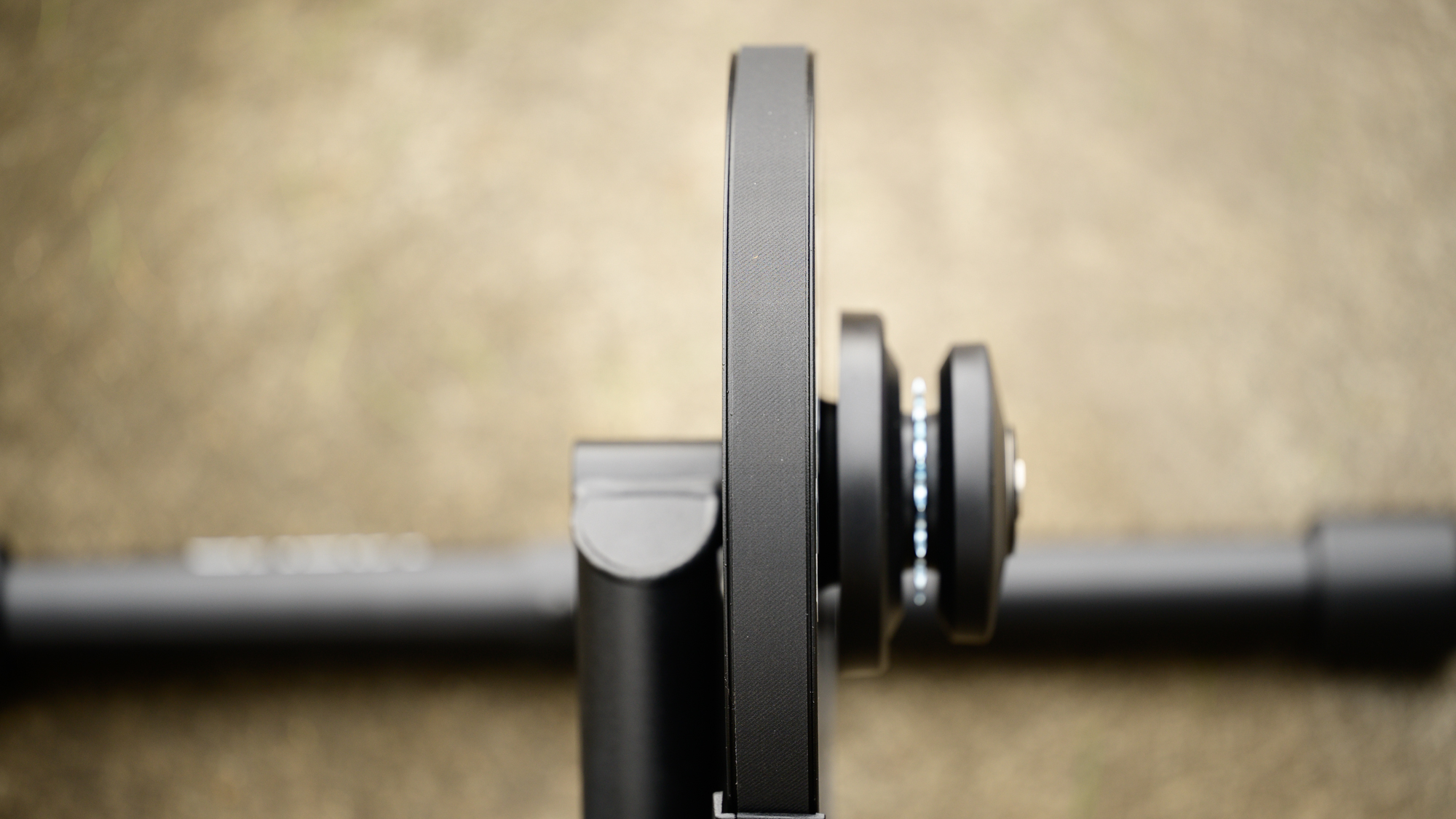
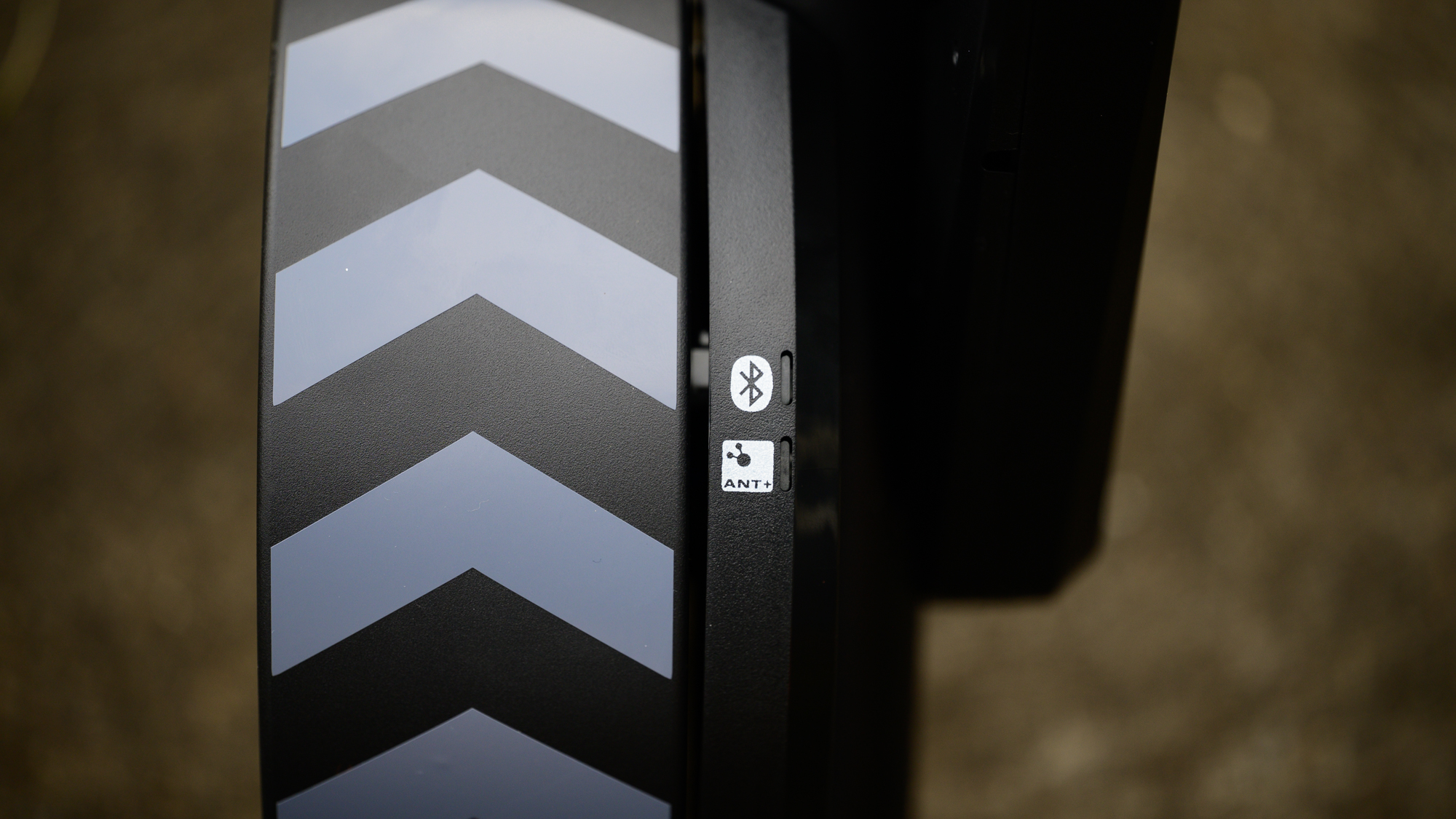

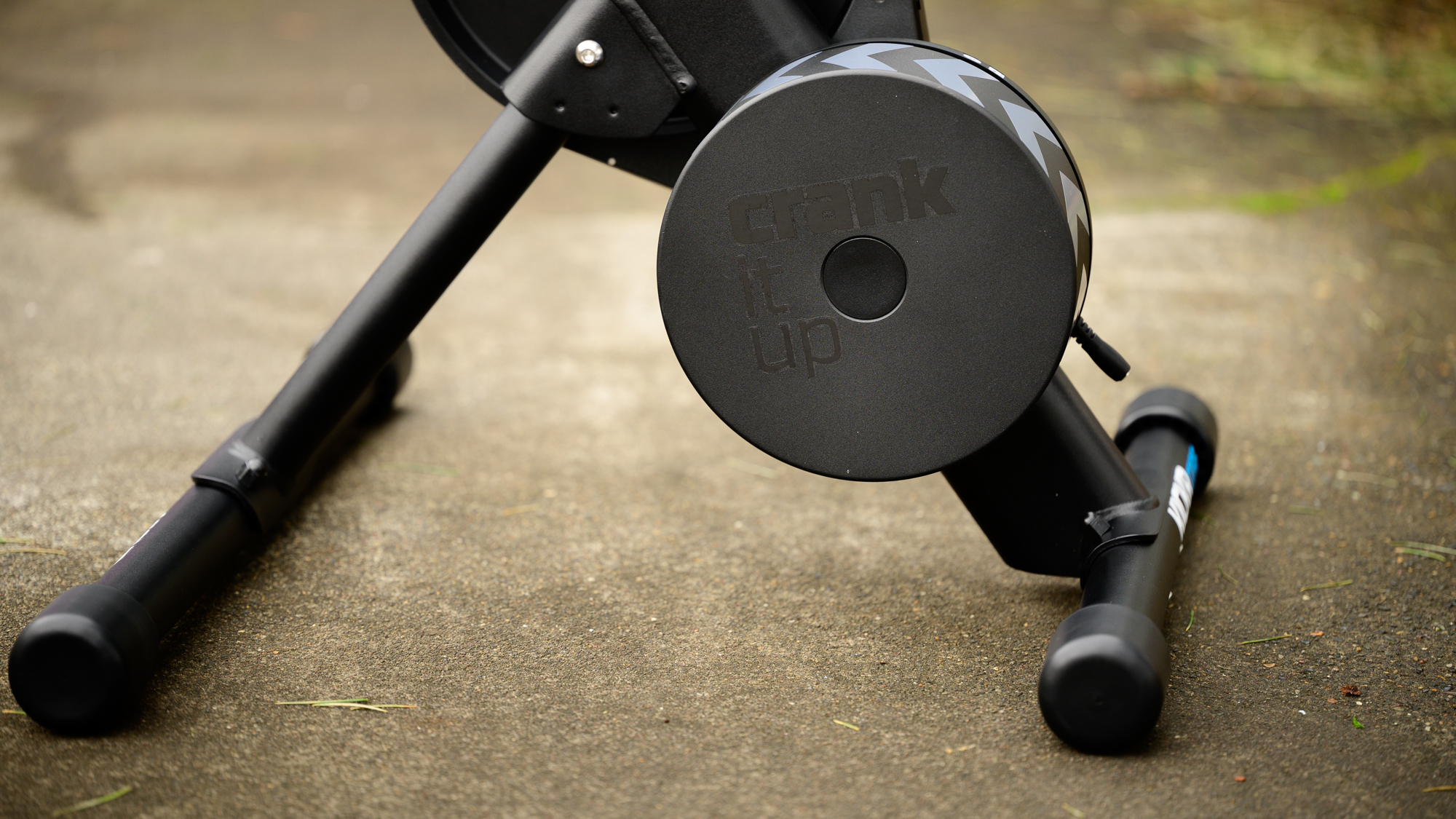
Then there's the other piece of the puzzle, which now comes from Zwift. Although the price reduction of the Zwift Hub was groundbreaking, the brand really did do a lot to make trainers simpler. Initially, that was a matter of colour-coded measurement cards and simple instructions but more recently it expanded to a new kind of cassette. That piece of technology is what's new here.
The Zwift Hub One launched only a few months ago but it wasn't the trainer that was exciting at the time. The real innovation of that trainer was a couple of accessories packaged with it called the Zwift Cog and Zwift Click. The two pieces worked together to get rid of all the measurements and questions about drivetrains that Zwift had to simplify with the Zwift Hub launch.
At the heart of it, the Zwift Click is a Shimano-compatible cassette. It's the same width and it fits the same freehub standard. Instead of individual gears though, most of it is filler. The only important part is the centre where there's a single 14-tooth gear sprocket. On either side of this is a plastic V-shaped housing that will essentially force your chain back into place if your derailleur is set in the wrong gear. You don't need to use your bike's gear shifters to shift anymore and now it doesn't matter what brand your bike's drivetrain is.
Since you can't shift anymore, that part of the system is where the Zwift Click comes in. The Click is a small Bluetooth remote with a pair of buttons. It attaches to your handlebars with rubber O rings and connects to Zwift. All the shifting is electronic and you can also set the Zwift Click aside and instead use the Zwift Play remotes for shifting plus braking and steering. Like the Kickr Core, this isn't new. It's been out for a while but now it comes with a Kickr Core attached.
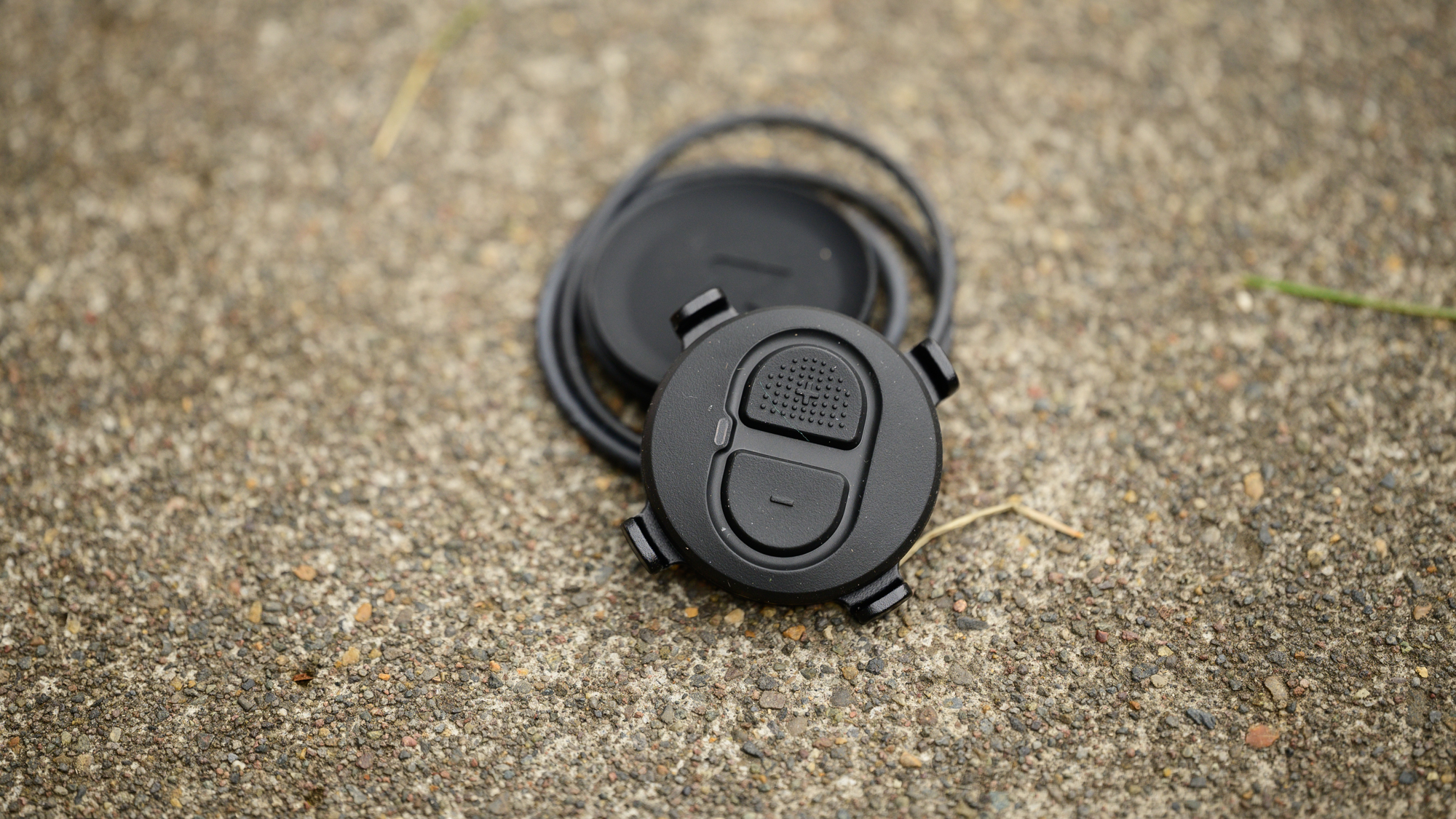
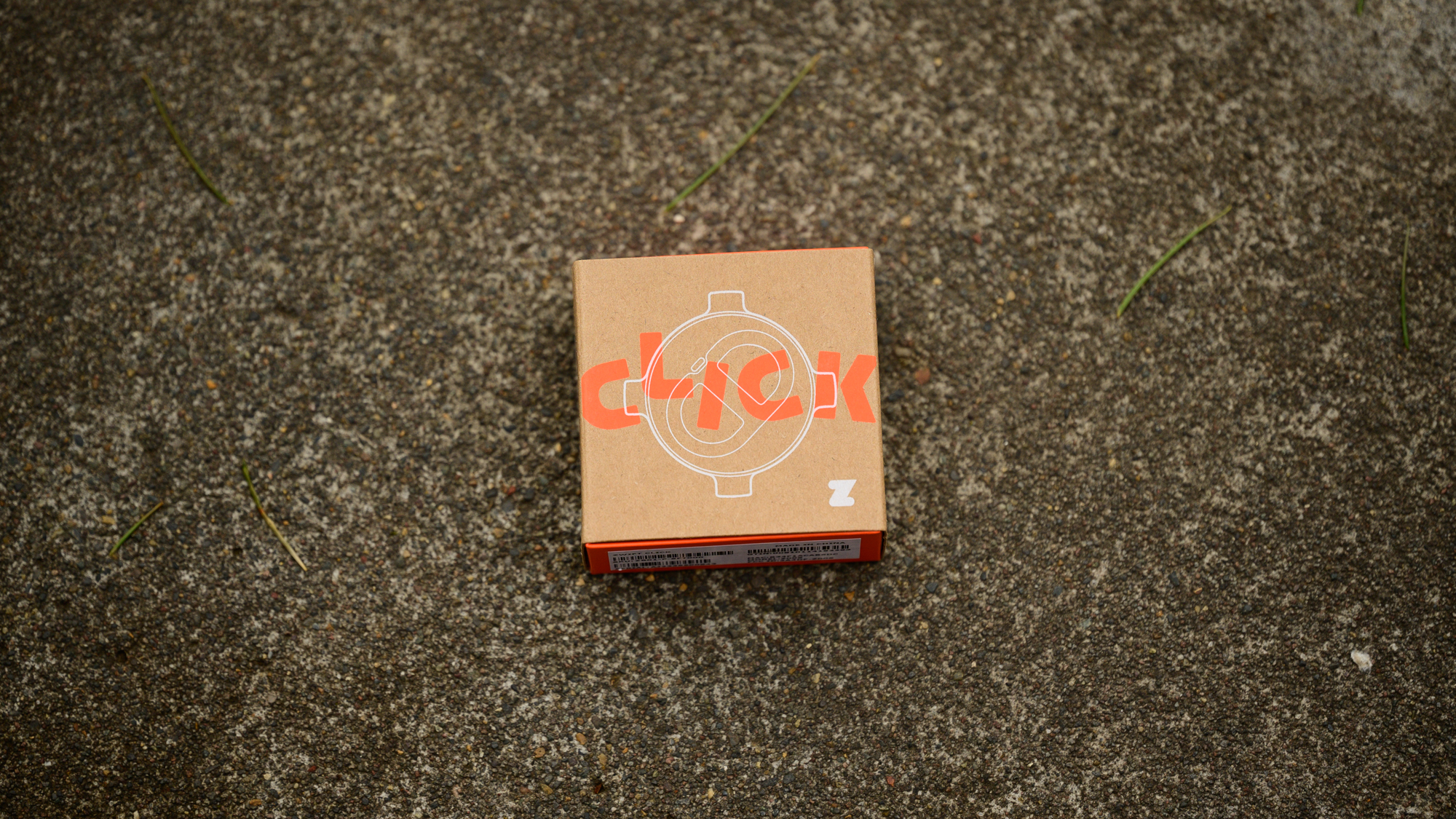
Performance
To understand this system, you have to start with a basic understanding that what you experience with a smart trainer is entirely artificial. As Cypher said in The Matrix back in 1999, "I know this steak doesn't exist. I know that when I put it in my mouth, the Matrix is telling my brain that it is juicy and delicious." (If you haven't seen this film, go watch it and forgive the reference) Still, it's worth a reminder because when you ride up a hill in Zwift and shift using your bike, it doesn't feel like it's artificial. Instead, it feels like the road surface you are riding on has substance and as you head up a hill it feels like there's very real resistance.
If it's still not quite clicking, think about the Zwift climb portal. The whole concept is that the profile of the rides in the climb portal are the same as famous real-life climbs. Zwift introduced a new feature recently though. Now you can ride the same hill matching the real-life ride or you can scale it to 50%, 75%, or 125% of the difficulty. Is anything really changing?
Now flip that idea around and apply it to the gearing of your bike. Your cassette essentially applies a scaler to real life and now Zwift offers a way to do it all electronically. You turn your pedals and Zwift adjusts the difficulty against a scaling system that's all electronic. It's genius and it works perfectly. It does take some getting used to though.

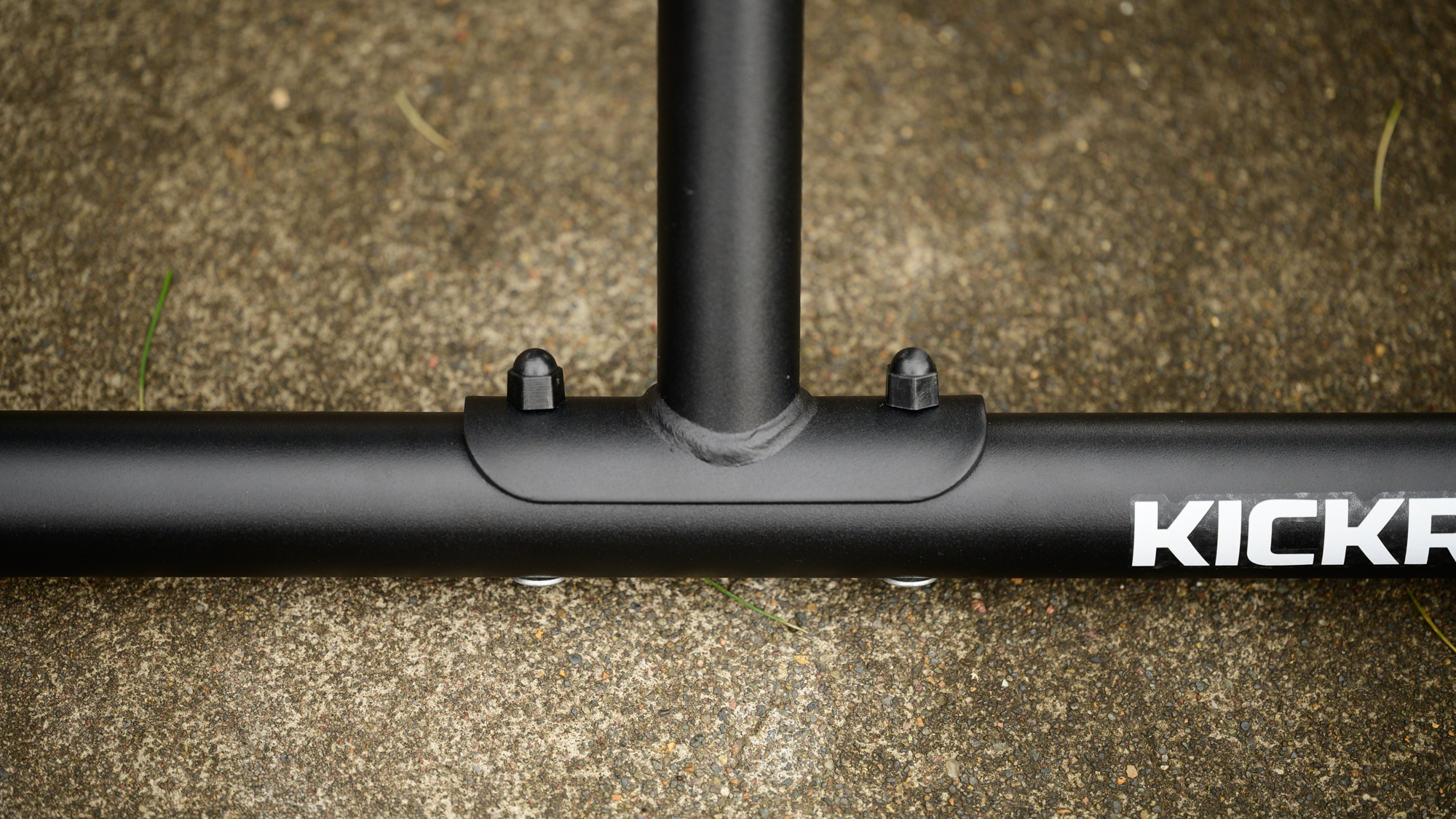
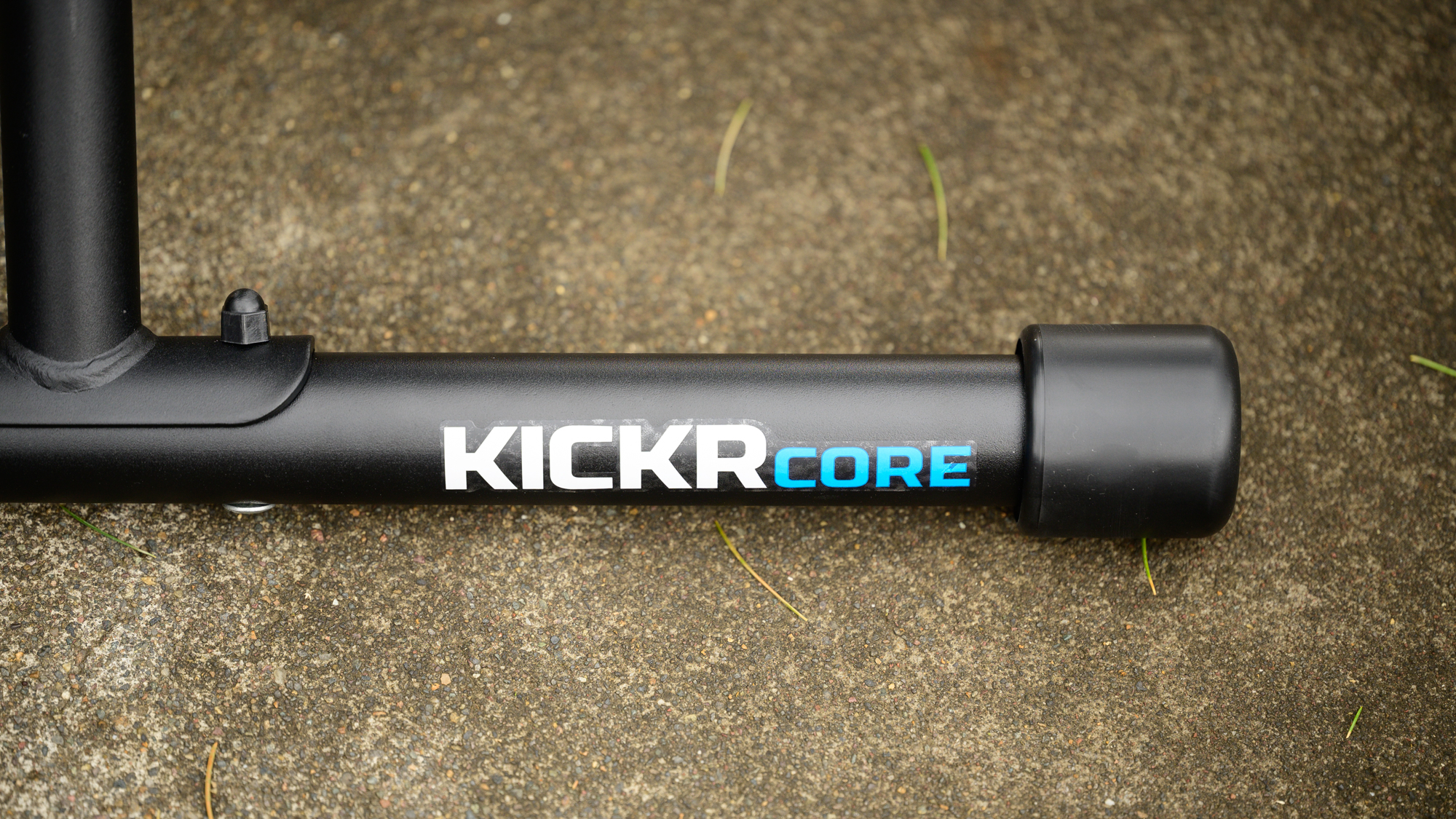
Because my nice bikes tend to be a collection of various drivetrains, I have an old Cannondale CAAD9 that I ride on the trainer. It's a mechanical 11-speed Campagnolo setup and it plays nice with Shimano cassettes therefore making it universally compatible with smart trainers. Instead of using that bike, this time I dropped my Look 795 Blade RS with FSA WE drivetrain on it. I never do that but I needed to dual record power and this was easier.
The Zwift Cog makes it so I can use any bike I want. I opened up the box and spent roughly two minutes bolting the legs on, then scanned the QR code on the outside, and watched a video to make sure I used the thru-axle adapters correctly. From there I removed the rear wheel, dropped the bike on the trainer, and put the thru axle back. I already had the chain in the middle of the cassette but I moved it a little so it stopped trying to shift. That's it, no more work is needed. If tomorrow I want to put a SRAM bike on the trainer, the process is the same.


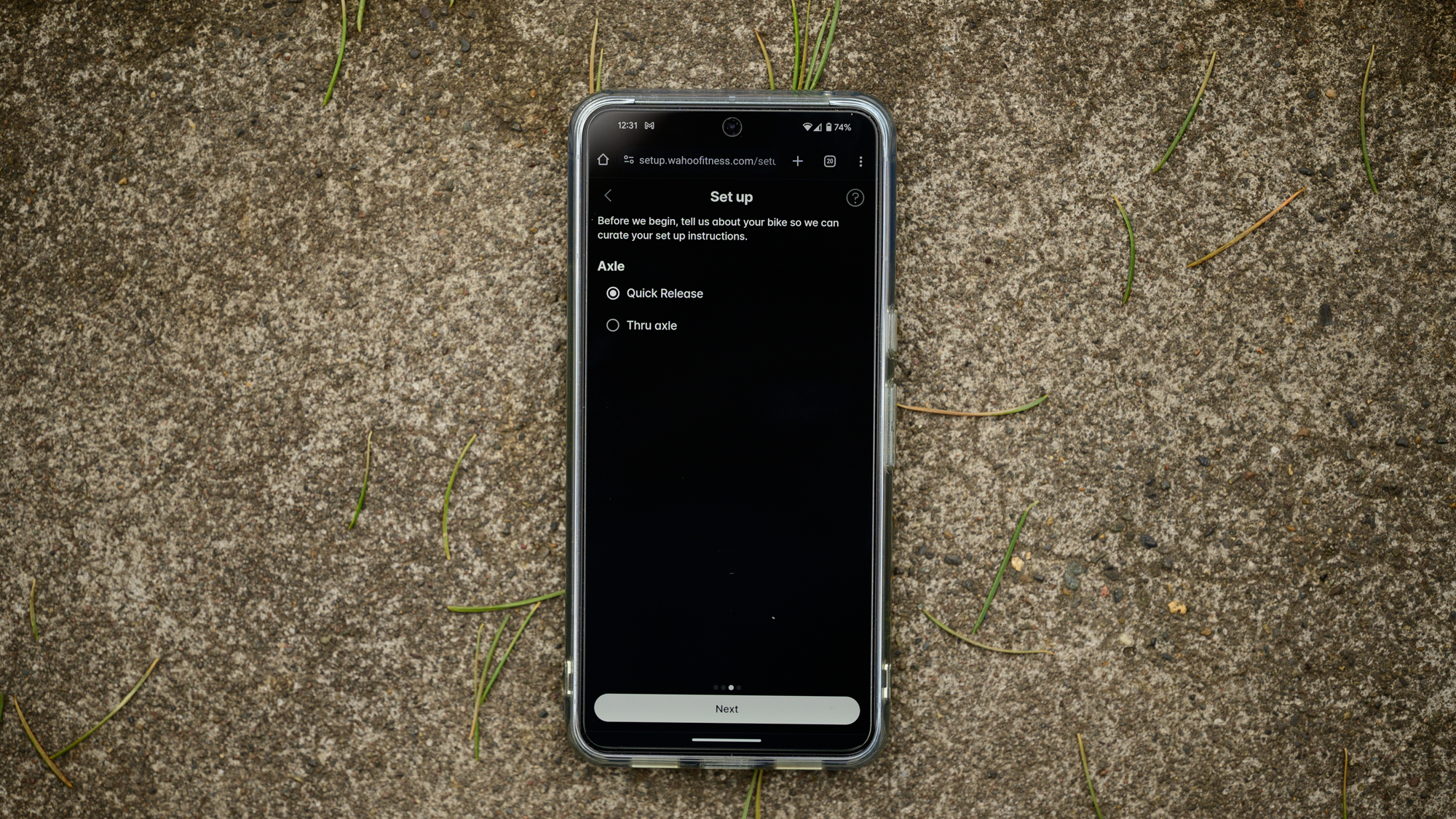
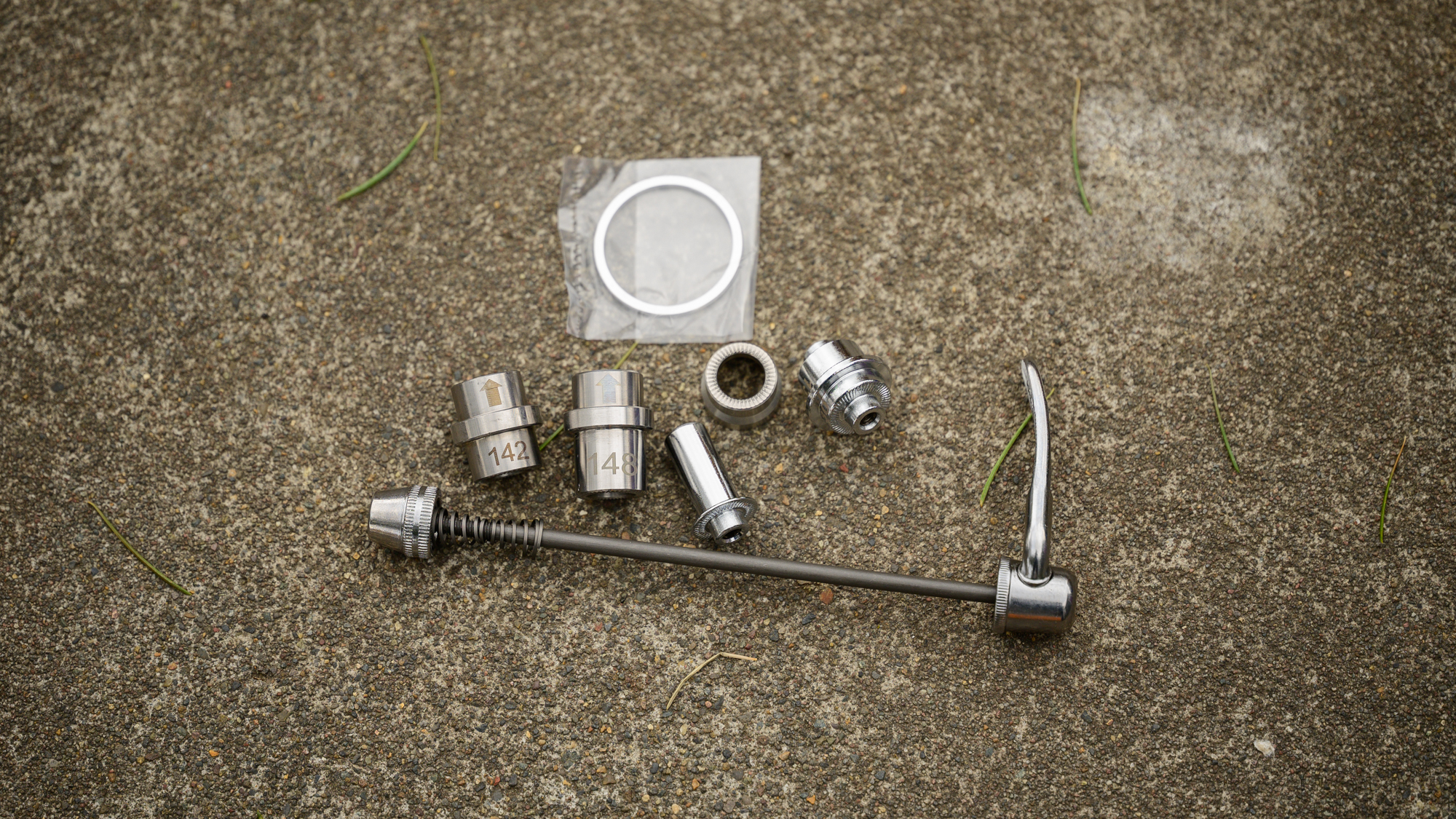

As I mentioned though, some details about riding in Zwift are a bit different. The Zwift Click connects on the sensor screen but there's never any info about gear ratios. All you see is a number on the left of the screen showing which of the 24 available gears you are in. Shift one direction and it's easier while the other is harder.
That ability to shift electronically is also what you get with something like the Garmin Tacx Neo Bike Plus but the experience isn't quite the same. With a trainer bike, shifting is lightning fast and the ratios mirror real life. With the Zwift Click system, the shifts are a tad lazy, they are only sequential, and there's no correlation with real life.
It's a bit like having a mechanical 1x system with 24-gears. You get the advantage of no cross chaining but if you are racing and want to pick a ratio you are familiar with, you'll find it lacking. You'll also find it lacking if you want to shift the front chainring in a race. Sure you don't actually have a real front chainring on the Neo Bike Plus but if you find yourself sprinting through a descent-to-climb transition you might jump gears. With the Zwift Click you can't jump gears and it's nowhere near as fast as modern electronic shifting from SRAM/Shimano/Campagnolo/FSA.
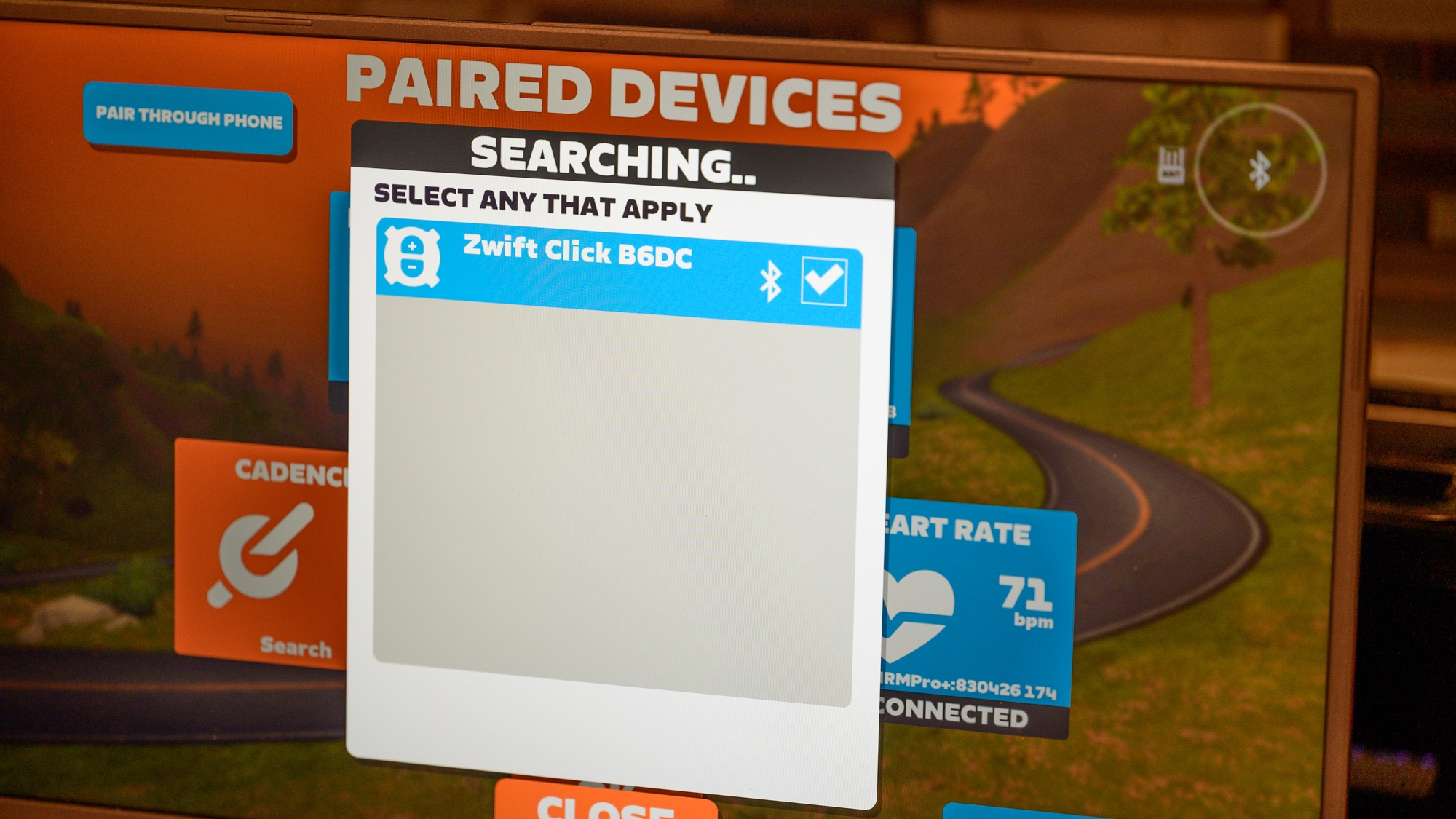
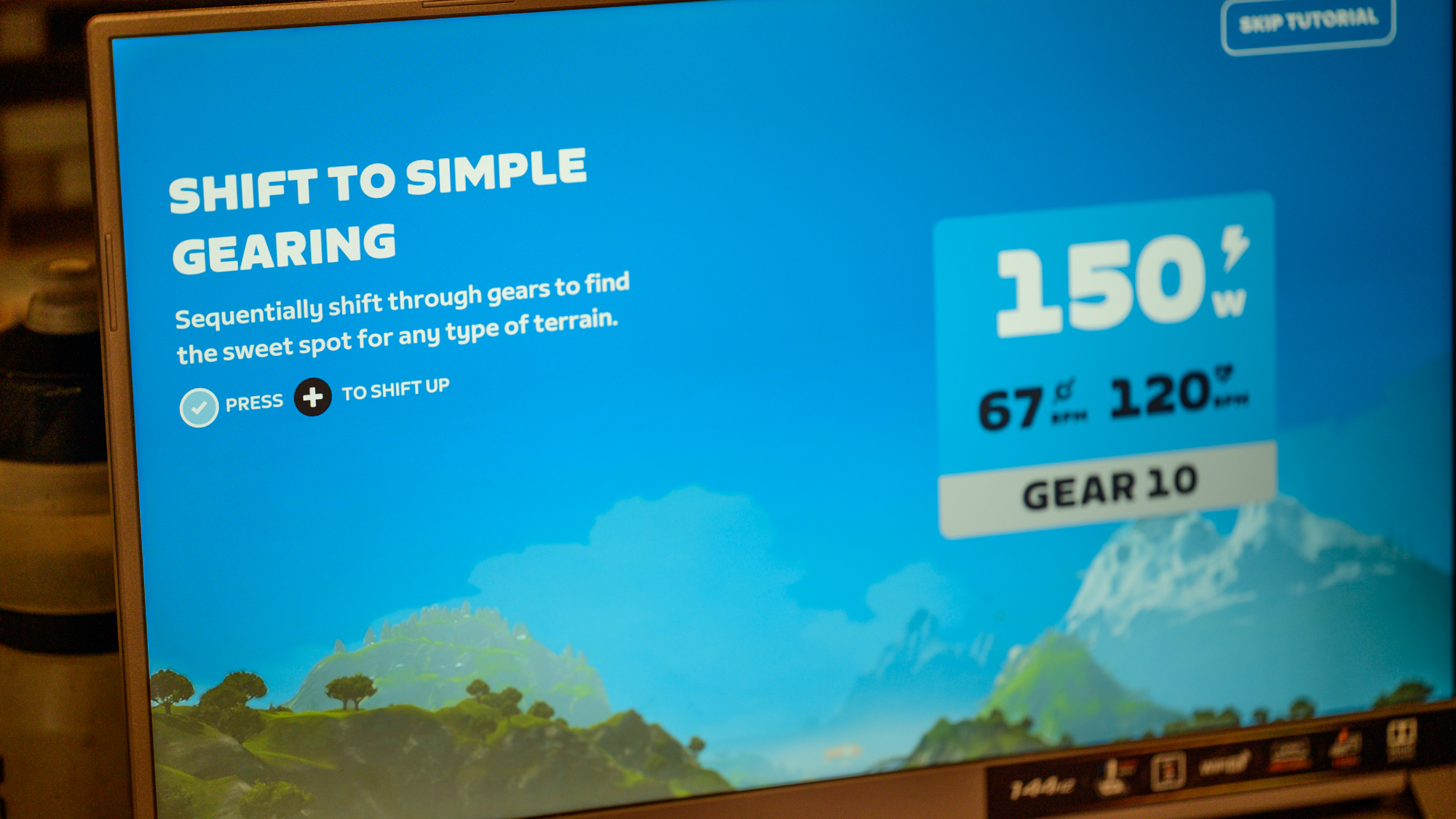
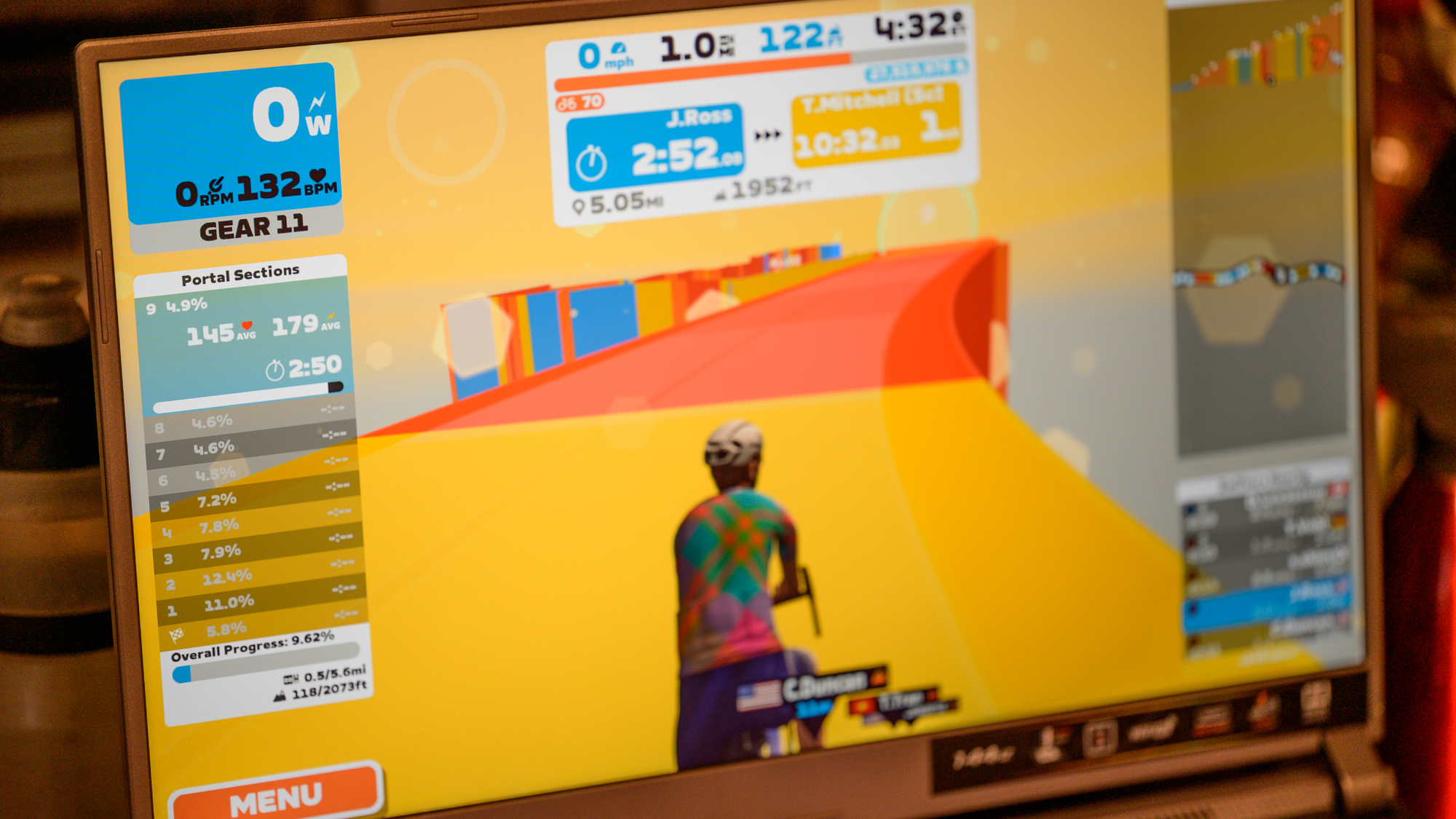
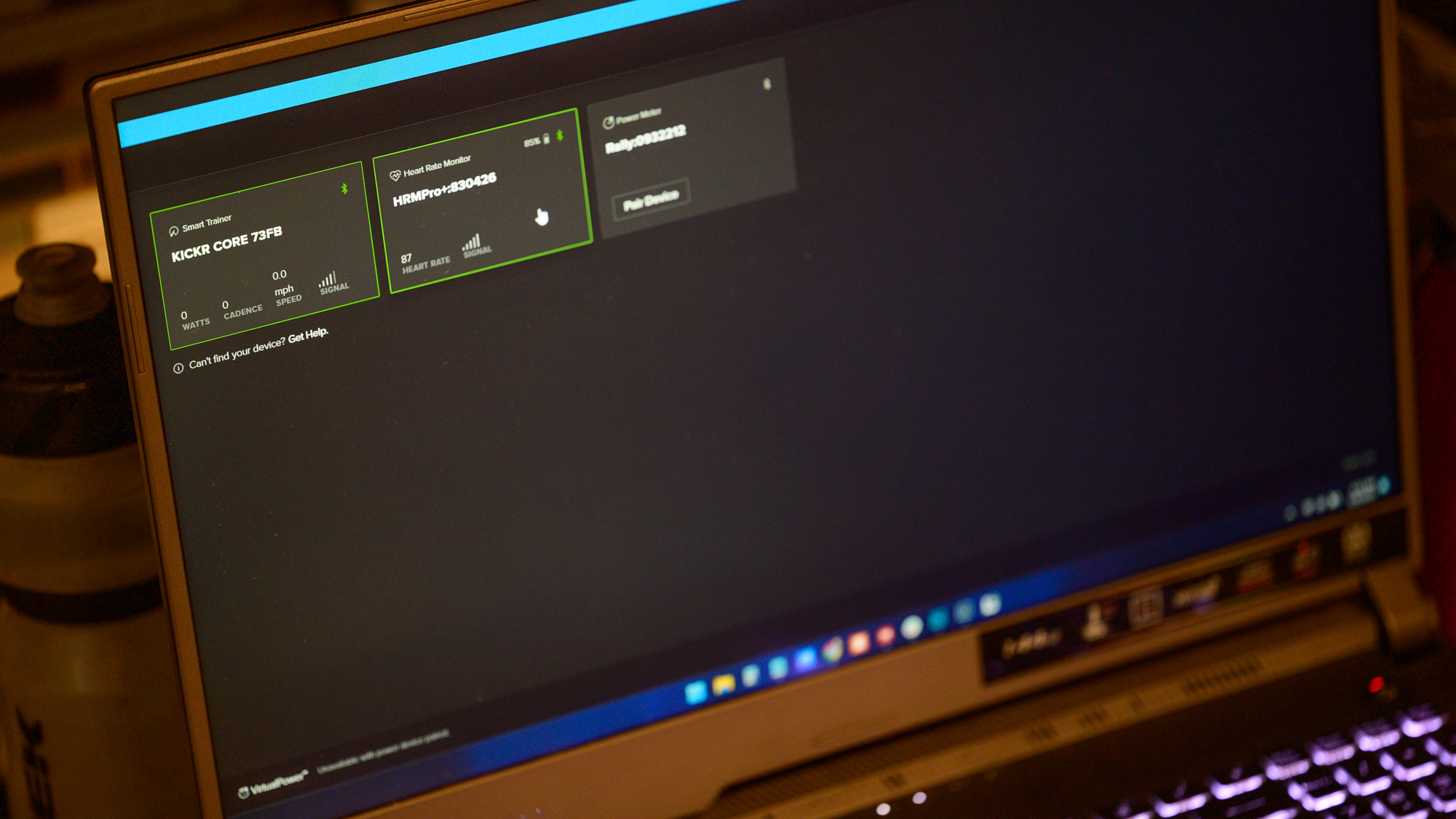
With this in mind, I also did a bunch of work to figure out what's possible after you purchase a new Wahoo Kickr Core Zwift One. The Zwift Click and Zwift Cog are only accessories, not what drives the cost of the trainer. I wanted to know what happens if you change your mind.
The answer is that if you buy a Wahoo Kickr Core Zwift One you can pull the Zwift Click and put a Shimano cassette in its place. The hardware isn't different from a standard Kickr Core so go ahead and swap to an 8, 9, 10, 11, or 12-speed cassette. You can also purchase an AXS freehub if that's what you need.
Unfortunately, you can't add a Zwift Click to older Wahoo Kickr units but you do have the option of switching to electronic shifting. Purchase a Play Controller set and you can now leave your chain in a single-gear ratio. As with ERG mode, you don't need to touch the controls on your bike to change resistance. Along the same lines, there's also nothing stopping you from using the Wahoo Kickr Core Zwift One in apps that aren't Zwift.
I started testing the Wahoo Kickr Core Zwift One with an ERG workout in Zwift. As expected, the system responds to an ERG workout with quick and precise changes. The last smart trainer I tested was the Tacx Neo 3M and that trainer is substantially better in ERG mode but at less than half the price, the Kickr Core is more than usable.
Having tested ERG mode in Zwift, I then spent some time free-riding. The lack of lightning-quick shifts and the oddity of sequential-only shifting are noticeable but otherwise, everything works as expected. What gear ratio are you riding in? Not sure but does it matter?
Then I logged out of Zwift and jumped into Trainerroad. Shifting only works in Zwift but that's only an issue if you are trying to shift. Trainerroad, and any other ERG-based software, don't care that you can't shift. Interval workouts in Trainerroad work fine though again the Tacx Neo 3M shows what the extra cash buys. In Trainerroad what that means is a much more refined feel as you jump from a low watts request to a high and a lot more forgiveness when you fail an interval. As with the experience of using ERG mode in Zwift though, we are talking about a substantially lower price point. It works well even if it's not the absolute best.

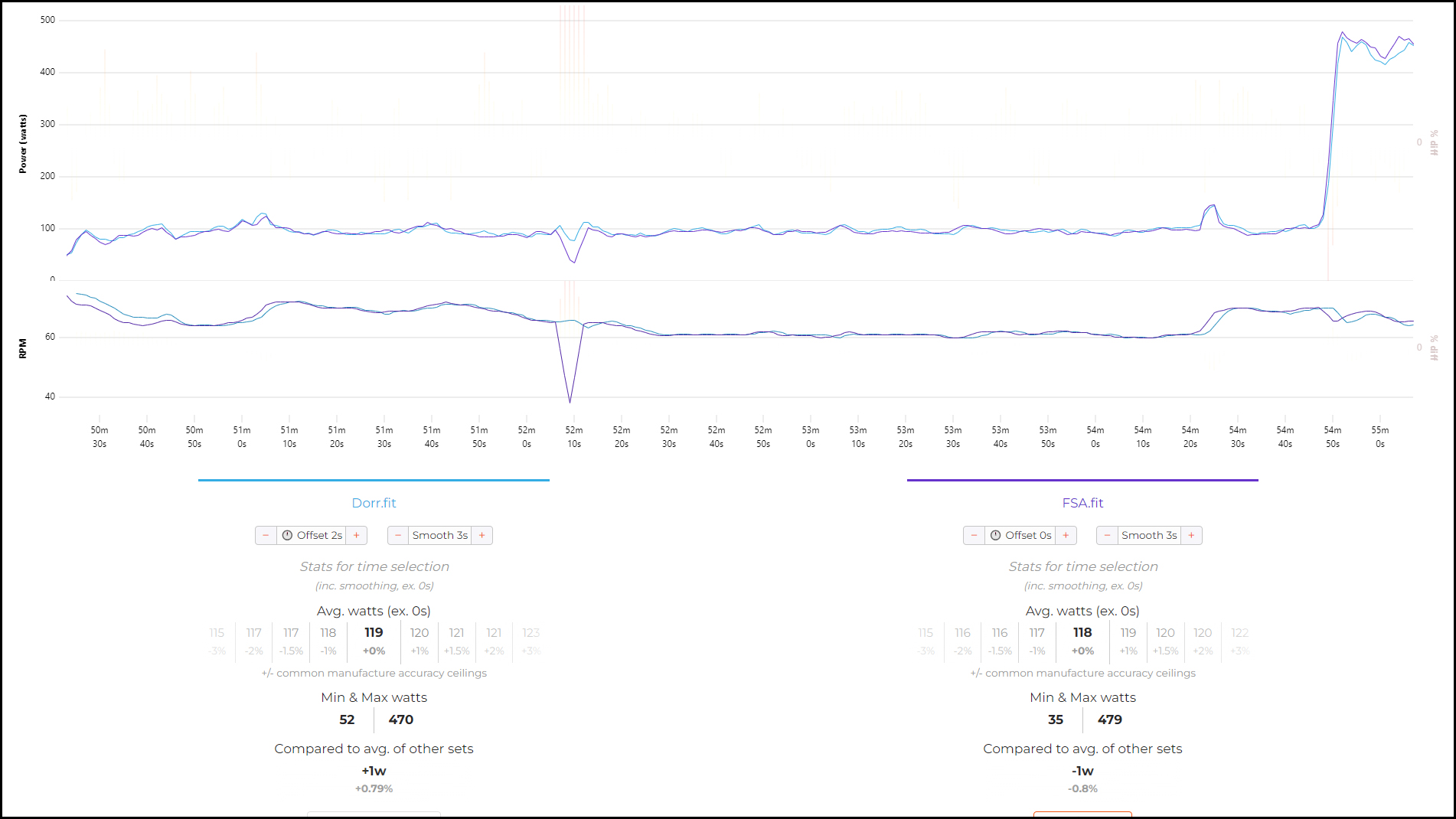
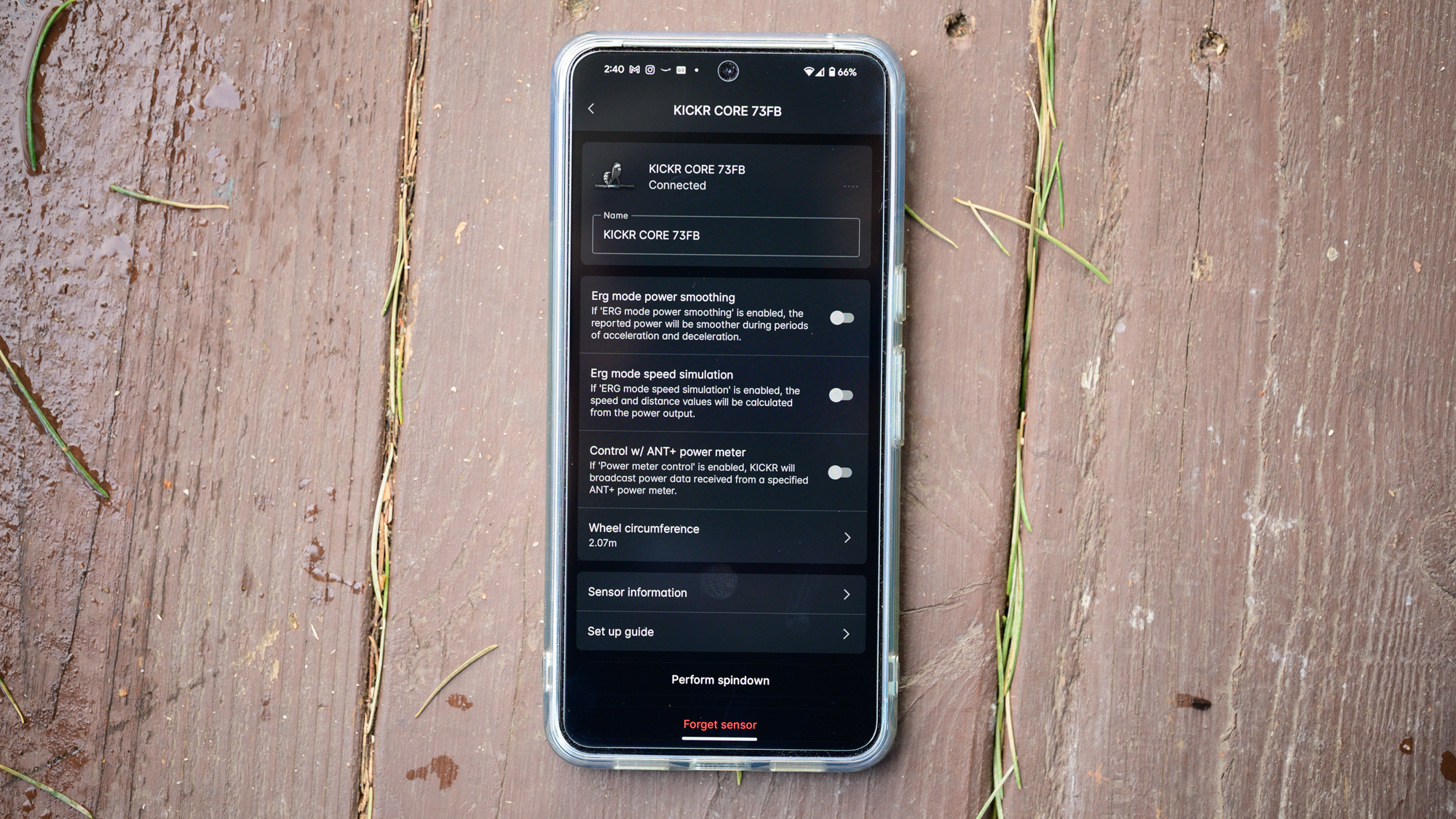
Verdict
As I read back through my performance section I'm seeing a trend. I'm measuring the Tacx Neo 3M and the Tacx Neo Bike Plus against the performance of the Wahoo Kickr Core Zwift One and that's exactly the point. Zwift changed the market with the Zwift Hub and nothing has really changed. It's taken a couple of years for Wahoo and Zwift to work out the kinks but in 2024 we are back to a point where the Kickr Core is the standard. The only difference now is that you can put any bike you want on the Wahoo Kickr Core Zwift One and you don't have to care what drivetrain it has.
The Wahoo Kickr Core Zwift One isn't the best smart trainer out there but it is the best budget smart trainer and it's not even close. If you want to pay for faster shifting and more refinement, that's an option. If you want to pay for movement, that's also an option. Just need something to do the job for a budget price? In that case, the Wahoo Kickr Core Zwift One is what you want and I don't see much meaningful competition.
There is one detail worth mentioning though and that's noise. It's been years since noise has been an issue with smart trainers. The whole category is quiet enough that you can't hear it over a fan and the drivetrain. The Zwift Click is loud though. It makes a racket as the chain passes over it and it’s not an alignment issue. It's noticeably loud as the chain passes over the teeth and it's enough that in some situations it might be worth consideration. As mentioned though, if it's an issue put a cassette on instead.







